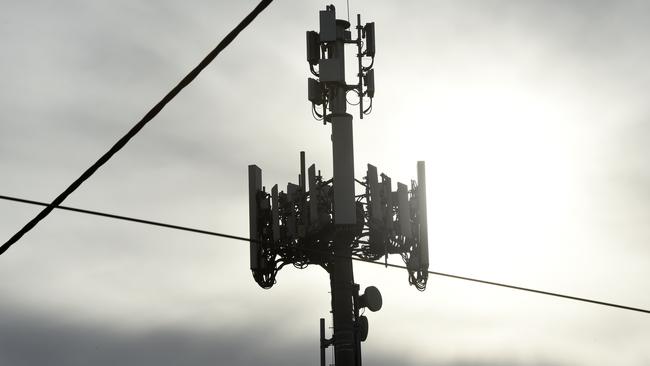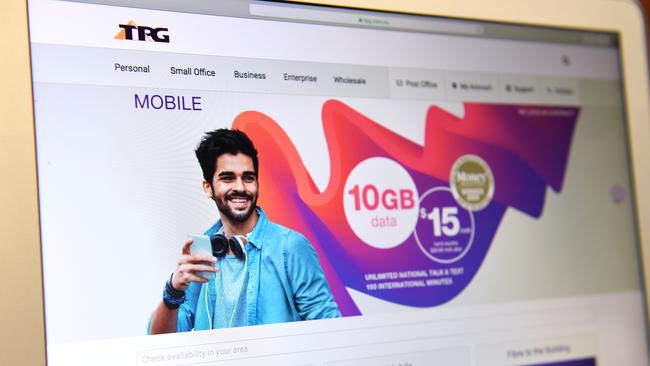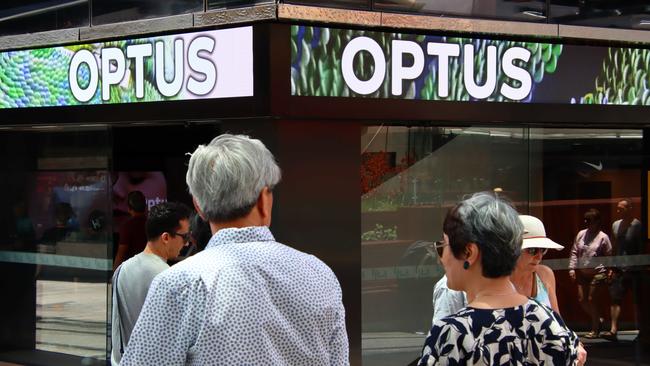D-Day looms as ACCC decides on Telstra-TPG sharing deal

Three days before Christmas, the ACCC hands down its final determination on a deal everyone in telco land is watching – the proposed Telstra and TPG tie-up that would cover 17 per cent of the population in regional and urban fringe areas.
From the get-go, No. 2 player Optus has cried foul at No. 1 and 3 getting together. This is a battle for network coverage in Australia, because good coverage wins over customers.
The regulator’s preliminary view, released in September, looks sympathetic to the Optus position but Telstra and TPG have supplemented their proposal to appease ACCC concerns. We wait.
The Telstra-TPG tie up announced in February is a 10-year regional “Multi-Operator Core Network” (MOCN) agreement.
Under it, TPG decommissions over 700 existing mobile sites and shift its traffic to Telstra’s network. In return, Telstra gains all of TPG’s regional spectrum, a good chunk of it under-used.
For TPG (owner of Vodafone) the deal gives instant regional coverage and coverage of 98.6 per cent of homes – enough to rival Optus for the No.2 slot. TPG says for the first time it will be able to compete for customers in the bush. It plans to take customers off both Telstra and Optus.
For Telstra, which is separating its infrastructure into a separate commercial business, the revenue from the deal should more than offset any expected loss of regional customers to TPG.

The deal needs ACCC approval. At issue is whether it will benefit the public, both in the near term and the long term.
Optus says the deal is anti-competitive and will create significant public harm. It argues TPG will stop investing in the regions and start paying Telstra to use its network. Optus also maintains that fewer towers mean accident response is weakened because in fire or flood, having more infrastructure options is vital.
But TPG pooh-poohs this argument. It says towers owned by different players are often built close together and its research finds that 98 per cent of network tower outages in the bush were from power outages, not bushfires.
The Optus camp is still recovering from the ban on Chinese business Huawei by the Australian government. Huawei had been core to its 5G rollout.
Optus says the MOCN between its two rivals will undermine the commercial viability of investing in the regions further. And that can only reduce competition against the already dominant Telstra.
Optus worries that the deal would give Telstra increased scale in the regions but also even greater dominance in the all-important 5G. It believes the extra spectrum from TPG would give the biggest player an unassailable offering in 5G, allowing it to market 5G speeds up to 10 times the Optus offering – a powerful tool when attracting customers.
Optus regulatory lead Andrew Sheridan says if the MOCN is allowed to go ahead it could overturn 30 years of regulatory and market settings that were built on infrastructure-based competition.
“This arrangement would massively entrench and extend the dominant market position of Telstra, which already has 70 per cent share in regional mobile services,” he says. “And that would undermine the commercial viability of additional investment in regional infrastructure by Optus or any other potential entrant.”

The crux of the Telstra-TPG argument is that, far from harming customers, the MOCN improves coverage and lifts service quality for both Telstra and TPG customers.
Pooling under-used spectrum and sharing infrastructure would also lower network congestion and reduce energy and infrastructure needs.
The problem for Optus is that any alternative deal it can offer TPG is likely to be inferior to Telstra’s offer. That is because Telstra, with 99.8 per cent coverage, has another one million square kilometres of Telstra-only coverage beyond the MOCN footprint and can still differentiate itself to customers. The Optus investment in the regions, considerable to date, has been about moving closer to Telstra and away from TPG on coverage levels.
However, the problem for Telstra and TPG is the regulator. The ACCC is clearly struggling with how the market might look in years to come. This deal could run 23 years (10 years plus a 10-year extension and a three-year wind-down).
In September the ACCC landed on a preliminary view that many in the market read as erring in favour of Optus.
It acknowledged the deal would likely result in improvements in Telstra and TPG offerings, which might also increase choice for regional customers. However, it said short-term benefits needed to be balanced against potential longer-term impacts from any reduction in infrastructure-based competition between mobile network operators.
In response in November, Telstra and TPG made two undertakings they hope will convince the ACCC to accept the MOCN.
First, a review of the entire arrangement after eight years, requiring re-authorisation by the regulator for it to continue. And second, that 60 per cent of TPG’s mobile tower sites will be retained across the region (should the deal need to be reversed).

Independent telco analyst Paul Budde says the regulator will now have to take the new arguments from Telstra and TPG into account. But he is sceptical about their assurances.
“How realistic is that? As a regulator, do you want to trust the promise and the long-term situation? You cannot then in two years say ‘oh my God, I got it wrong, so we’ll change it again’,” he says.
Budde believes it will be an uphill battle for Telstra and TPG. “They might have played it wrongly,” he says.
He sees structural separation in the market in the last five years as fundamental to the regulator’s thinking.
“Telstra has separated and its infrastructure has become a commercial entity. It is maximising its use of infrastructure, which is fantastic. But next step should be an open system available to all, not just TPG,” he says.
Budde says, had the infrastructure on a commercial level been made available to all, then the ACCC would have been far more positive, but in favouring TPG, the industry can argue it will limit competition.
“It’s a pity because ACCC can only say yes or no,” says Budde.
The determination will come down to how the ACCC sees the competitive landscape over time.
Optus warns that despite TPG’s wider coverage, it will be dependent on Telstra because Telstra will have control over network decisions and pricing levels, meaning that TPG will find it hard to apply pricing pressure to Telstra under the deal.
Not true, says TPG’s external affairs chief James Rickards. “It is wrong to suggest TPG Telecom and its family of mobile brands won’t be a competitive threat. We will have full autonomy to control pricing and product differentiation and intend to compete.”






This year’s cyber hacks on all three major telcos made news, but a much bigger story is the battle between the three for market share.